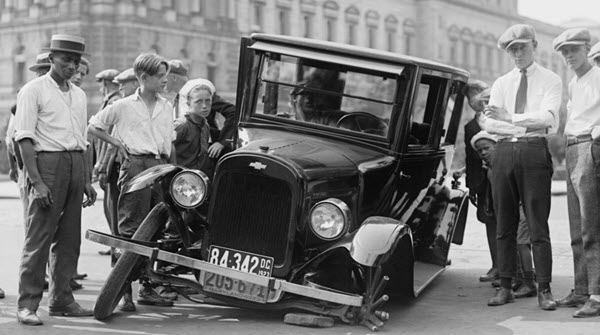
As a car enthusiast, you know how power drives you – that high of rolling with your beast, loud, proud, unrestrained. But by now, you’ve probably realized it only takes one pandemic to keep you grounded, in a lockdown.
While there’s nothing you can do to stop the virus, there are many ways to keep your wheels greased during quarantine:
Car Maintenance
You know the drill – wash the car, change the oil, replace burned out bulbs, clean the interior, and then give the babe some exercise. A 20-minute drive twice a month should be enough to keep those parts lubricated and moving, and those batteries charged. You need not even go far (and you probably shouldn’t).
Shopping for Upgrades
You don’t have to channel The Fast and the Furious to know what upgrades you need, or want. Just go tire shopping if you must, get new spark plugs, a data monitoring system or bushing – you obviously call the shots. Just don’t forget to disinfect the goods when they arrive. There’s no evidence that COVID-19 can be transmitted through packages, but it’s still smart to err on the safe side.
Tidying Your Garage
What to do during COVID-19? Clean your garage! It’s probably been gnawing at you for a while anyway. Throw away anything unneeded, or donate it to charity. For things you need but not so often (for example, holiday decor), put them on the higher shelves. Hang up those bikes and kayaks, and always keep the kids in mind when storing things like paint and chemical cleaners.
Playing Car Video Games
Talking about road itch, there’s probably no better way to scratch it than to pretend you’re actually there. Try iRacing, certifiably one of the best NASCAR racing simulation games around. WRC tests your skills on the earth’s most savage terrains. while Burnout Paradise Remastered is a flat out car racing game with stupefying 4K graphics. More than anything, it’s a time to explore.
Catching Up on Automotive Content
Home in a lockdown shouldn’t mean man (or woman) in a cave. There are tons of automotive content to keep you in the course, from Jay Leno’s Garage on YouTube to The Grand Tour on Amazon Prime Video. Podcasts are also worth a look up. You can start with the All Torque Car Podcast, Everyday Driver Car Debate, or Car Talk, which is loaded with all kinds of automotive funnies.
Road Trip
It’s clearly not a time to take road trips, but probably the best for mapping a good one. Picking a destination is always a good start. Ever heard of apps for road trippers? They help you calculate things like costs, distance, and time, as well as point you to roadside essentials like diners, gas stations, etc. In any case, keep your plans a little loose. That’s how the best road trips are made.
Make Model Cars
Alas, you have all the time to make a model car. You don’t even need much, except a few tools, like side cutters, a razor saw, some tweezers, different glues and paintbrushes, a toothbrush, and then some. On the list of potential activities for social distancing, this must be one of the best for car lovers like you.
It may take a while for normal to return, but there’s no reason to stop the car life while you wait. You can still make it spark by getting some brand new auto bling, racing on a make-believe NASCAR racetrack, wheel shopping from a reputable tire store like RNR Tire Express Midwest, and more. If there’s anything you should learn from this lockdown, it’s that you’re always on the driver’s seat.






